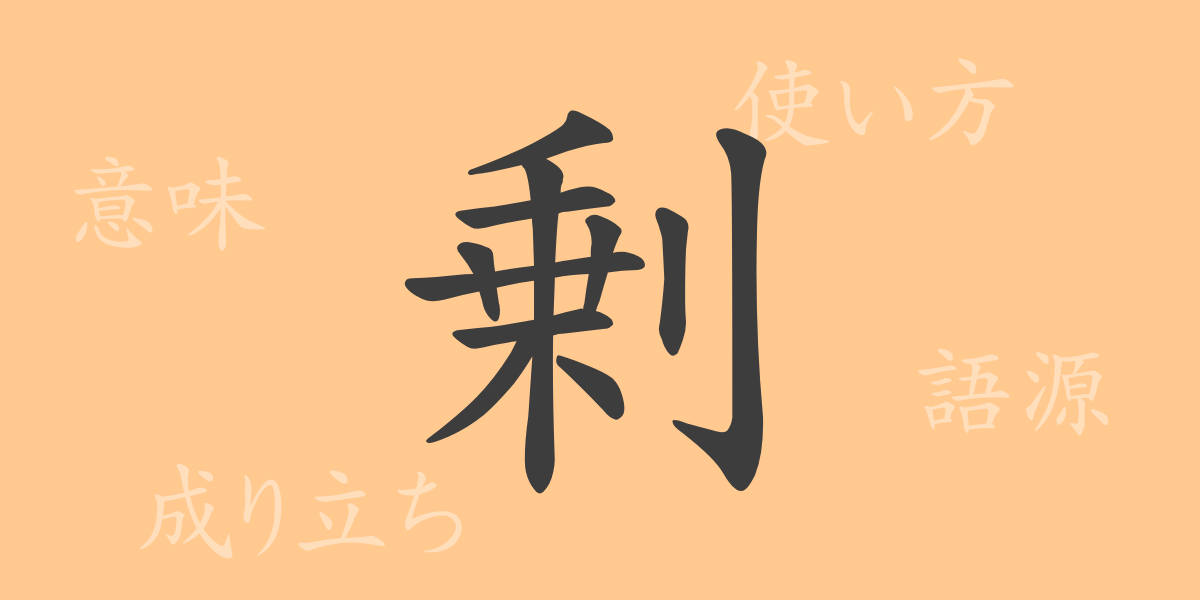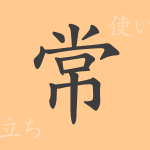Japanese characters, each rich with meaning, make up an essential part of the language’s beauty. The kanji “剰” (じょう), commonly used in everyday life and business, is one such character. In this article, we explore the origins, meanings, applications, and related phrases and proverbs of “剰,” delving deep into its fascinating aspects.
Origins of 剰(じょう)
The kanji “剰” originated in ancient China, evolving from the character “割” which is related to the concepts of ‘excess’ and ‘surpassing’. This character has been found in ancient texts and inscriptions, reflecting its long-standing role in daily life and culture throughout history.
Meaning and Usage of 剰(じょう)
“剰” means ‘excess’ or ‘surplus.’ In economic contexts, it commonly appears in the term “剰余” (じょうよ), referring to profits that exceed expectations. It is also used to describe situations where quantities exceed what is necessary, such as “剰員” (じょういん) for an excess number of people, or “剰食” (じょうしょく), meaning overeating.
Readings, Stroke Count, and Radical of 剰(じょう)
Understanding the readings and structure of “剰” is crucial:
- Readings: On’yomi (音読み) “ジョウ”; there is no commonly used Kun’yomi (訓読み).
- Stroke Count: “剰” consists of 10 strokes.
- Radical: The radical is “刀” (knife), related to blades and cutting.
Phrases and Proverbs Using 剰(じょう) and Their Meanings
The kanji “剰” appears in various idioms and proverbs, reflecting its meanings. For instance, “剰余金” (じょうよきん) refers to the residual money left after dividends and reserves in a company. “剰える” (あまえる), meaning to remain or to be in excess, illustrates its use in daily conversations and economic discussions.
Conclusion on 剰(じょう)
This article has hopefully provided you with a deeper understanding of the kanji “剰,” from its historical background to its contemporary uses. As a commonly used character in business and economic contexts, “剰” plays a vital role in Japanese life. Continuing to explore the unique appeal of this kanji will enrich our understanding of the Japanese language.

























